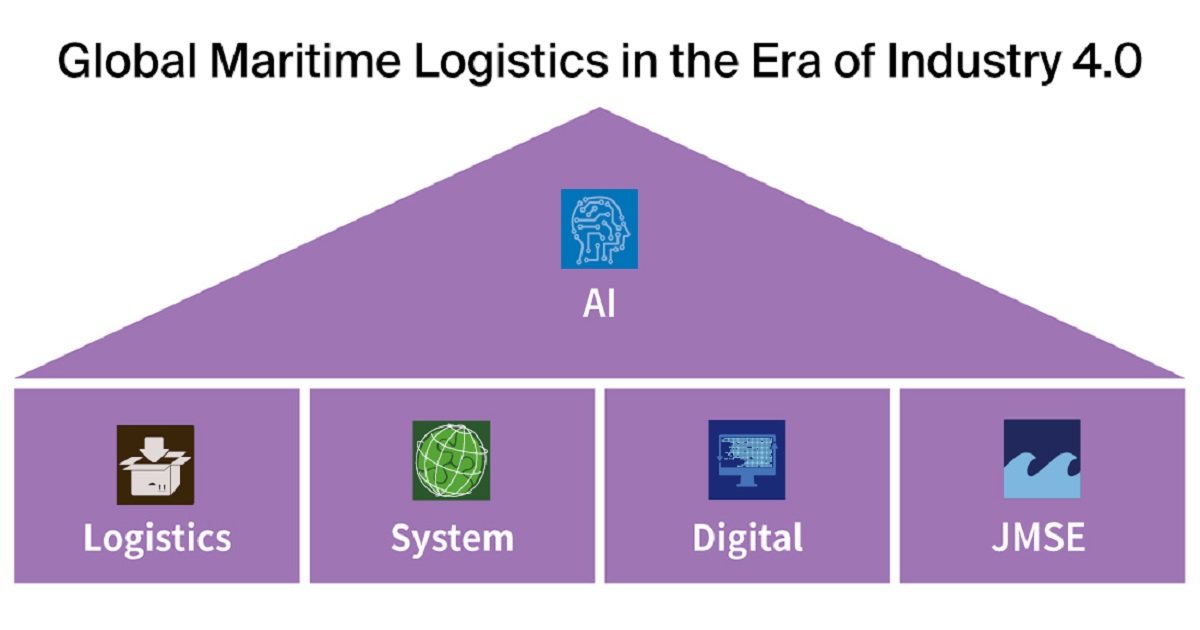Global Maritime Logistics in the Era of Industry 4.0
Topic Information
Dear Colleagues,
The maritime industry is experiencing a profound transformation powered by cutting-edge technologies. Artificial Intelligence (AI) and Machine Learning (ML) have become the bedrock of shipping, port, and logistics operations. Their profound impact is seen in the streamlining of processes, predictive demand forecasting, and the optimization of cargo handling, all while fortifying security measures. AI and ML play a pivotal role in cost reduction and efficiency enhancement, from predicting equipment maintenance requirements to dynamically planning ship routes.
Environmental stewardship is at the forefront of the maritime agenda. The urgent need to curtail emissions to meet global climate goals has prompted the adoption of clean energy sources and shore power facilities at ports. Ships are making substantial investments in cleaner propulsion technologies, embracing alternative fuels and fuel-efficient vessel designs to reduce the industry’s carbon footprint.
The automation wave extends to the open sea as well. Autonomous vessels are revolutionizing global transport. Equipped with state-of-the-art sensors, AI-driven navigation systems, and remote monitoring capabilities, these vessels promise heightened safety, decreased labor costs, and exceptional efficiency, often making critical decisions without human intervention.
As cargo volumes surge, ports are integrating automation into their operations. Automated cranes, self-driving vehicles, and intelligent container management systems are becoming the norm, significantly expediting cargo handling while reducing delays and human errors. These advancements culminate in an exponential increase in efficiency across the maritime sector.
Innovation is the heartbeat of this industry. Visionaries are perpetually seeking novel strategies to augment productivity and efficiency. Experimental approaches, such as blockchain for supply chain transparency, 3D printing of critical spare parts while at sea, and drone-assisted cargo inspections, are pushing the boundaries of what is possible. The emergence of “smart ports” underscores the potential of integrating technology to create seamless, efficient logistics hubs.
The maritime logistics sector is inextricably intertwined with AI, automation, sustainability, and ingenious solutions in this dynamic landscape. As it continues to evolve, it faces future challenges and opportunities with unbridled optimism and enthusiasm. The future of maritime logistics is bright and full of promise.
As the port and maritime logistics sector evolves, integrating AI, automation, sustainability, and creative solutions promises a bright future. It is an exciting journey of navigating challenges and seizing opportunities.
Prof. Dr. Nam Kyu Park
Prof. Dr. Hokey Min
Topic Editors
Keywords
- AI
- machine learning
- optimization
- environmental issues
- maritime logistics
- Industry 4.0
